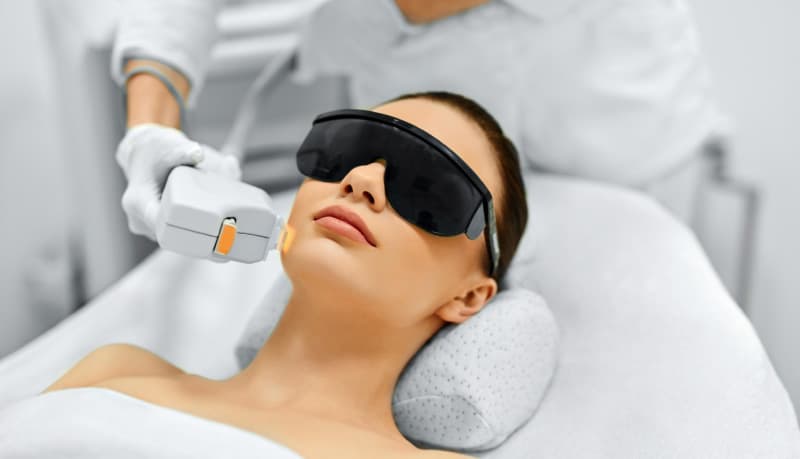FAQ
IPL is similar to a laser treatment. However, a laser focuses just one wavelength of light at your skin, while IPL releases light of many different wavelengths, like a photo flash.
The light from IPL is more scattered and less focused than a laser. IPL penetrates down to the second layer of your skin (dermis) without harming the top layer (epidermis), so it causes less damage to your skin.
Pigment cells in your skin absorb the light energy, which is converted into heat. The heat destroys the unwanted pigment to clear up freckles and other spots.
Final results should last around one year, but you can get maintenance treatments to keep your results fresher longer.
After the treatment, you may notice that sun spots and discoloration actually appear darker and slightly more prominent. This is normal and a good sign that the treatment is working. Over the next few days, brown spots and other blemishes will begin to surface on the skin.
For patients to get the best IPL results, it is generally recommended that patients receive, on average, 4 – 6 treatments scheduled four weeks apart.
Every IPL treatment builds upon the previous one, allowing the skin to react gradually.
When it comes to IPL aftercare, the most important things to avoid are: Exfoliating too soon which can inflame the skin and prolong the healing process. Scratching or picking the darkened areas that are beginning to flake which can cause scarring. Taking hot showers or baths which can cause inflammation and swelling.
The darkened area typically begins to fade in 7 to 14 days. This is when you’ll also begin to notice that many superficial brown spots around the treated area are becoming lighter, and less noticeable.
IPL is effective at removing brown spots due to sun damage. As the laser passes through the skin, brown pigment absorbs the light preferentially. This creates a dark brown scab that falls off over the following 1-week (for faces) and 2-3 weeks (for hands or body), taking the brown spot with it.







